Top 10 Longest Rivers in Croatia
Croatia is located in the center and southeastern Europe, along the Adriatic Sea. The country has both continental and Mediterranean climates, as well as many ... read more...biological areas with a broad range of flora and animals. Among its diverse environmental habitats are woods, caves, meadows, and rivers. This article will let you know the longest rivers in Croatia.
-
The Danube River is the second-longest river in Europe and the longest that flows through Croatia, measuring 1,777 miles. The Danube River passes through ten nations before draining into the Black Sea, and the Danube Basin covers around 62 percent of Croatia's land area.
Because the lower sections of this basin have good soil, they have a larger population density than the upper regions, which are covered in forests. The Danube River generates hydroelectric power for the nearby settlements and transports the majority of traded products inland. This stream receives some wastewater, most of which has been treated.
The basin's wetlands are home to over 250 bird species, 79 of which are deemed endangered on a European scale. This is also one of the most important breeding places for carp, a fish species. Slavonian oak trees grow in the riparian woods that surround the basin. Urban development, tourism, agricultural runoff, industrial pollutants, and fishing are all environmental hazards to the river and its basin. The International Commission for the Protection of the Danube River was created in 1998 to promote sustainable water use practices and conserve the river's biodiversity.
Length: 1,777 miles
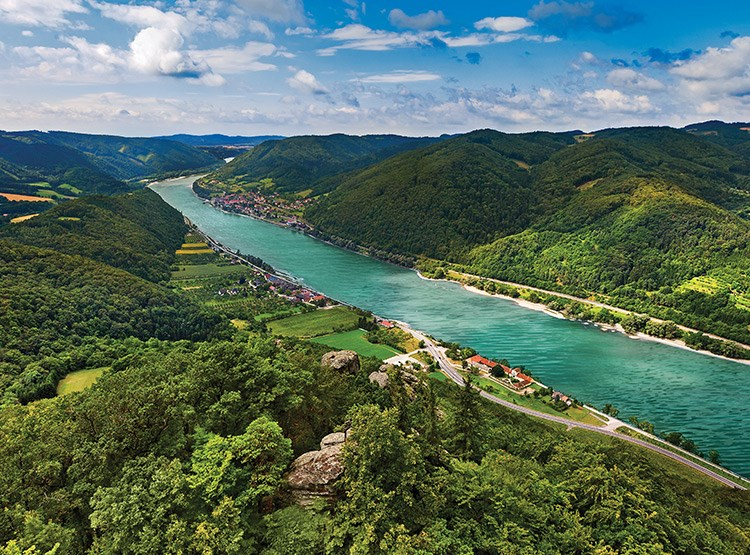
Danube River (photo: https://www.amawaterways.com/) 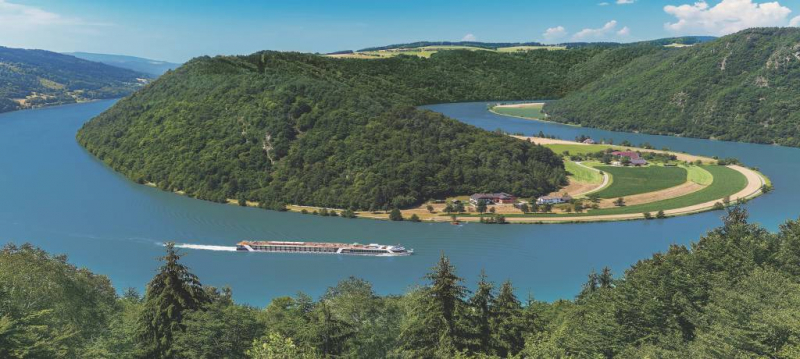
Danube River (photo: https://www.tourradar.com/) -
The Sava river is a tributary of the Danube river that runs approximately 615 kilometers. The river is also the second longest river in Croatia. It separates Bosnia & Herzegovina from Croatia. The Sava river contributes to the drainage of the waters of the Dinaric Alps, a long mountain range that runs through multiple nations.
This river is home to a diverse range of fish and amphibian species, which provide food for a variety of birds and mammals. Many of these creatures are endangered or rare all over the world. The Sava River is important not only for animals but also for local human communities. The Sava river watershed is home to 18 hydroelectric units that generate more than 10 megawatts of energy. The basin's waters are used for a variety of agricultural purposes, the most important of which being fish farming.
Both Sisak and Slavonski Brod are Croatian port cities on the Sava River. The most serious threat to the river's ecosystem has been urbanization, namely wastewater. Approximately 86 percent of released wastewater is either untreated or improperly treated. Furthermore, agriculture pollutes waterways through the creation of livestock excrement. One of the most difficult conservation challenges is reconciling the need for economic development with the requirement for sustainable water usage practices.
Length: 615 miles
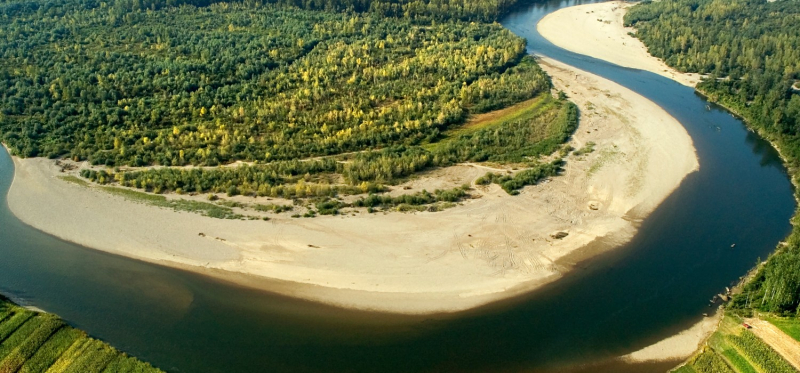
Sava River (photo: https://shelter-project.com/) 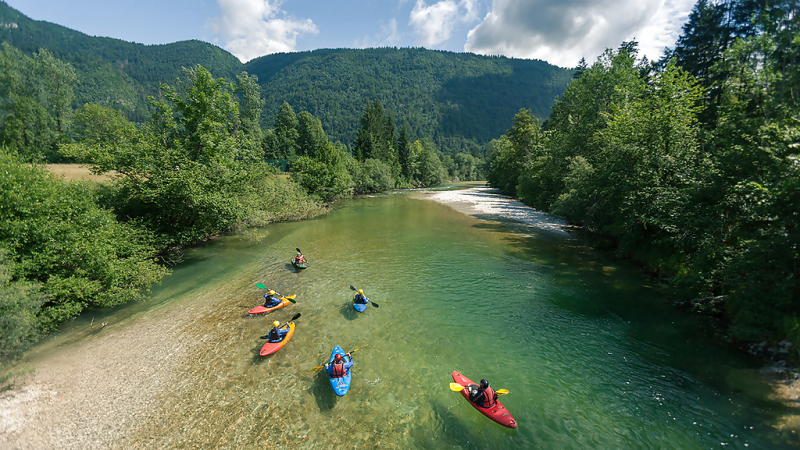
Sava River (photo: https://www.kilroy.is/) -
The Drava River flows through five nations over a distance of 439 miles. It is the Danube's fourth greatest tributary and defines the border between Croatia and Hungary. Drave River is known as the third-longest river in Croatia.
Drava River's source is in the Puster Valley of South Tyrol/Alto Adige, Italy, near the market town of Innichen/San Candido. The river runs eastward through Austria's East Tirol and Carinthia into Slovenia's Styria region. It then turns southeast, going through Croatia and, after joining its main tributary Mur, forming the majority of the border between Croatia and Hungary before joining the Danube near Osijek.
Mute swans, black coots, tawny owls, kingfishers, and mallard ducks are common birds along the river and in its ecosystems. Along the Drava River's course, there are 22 hydropower facilities with complicated systems of locks and dams that frequently obstruct the migratory patterns of many different fish species, particularly those from the carp family.
Length: 439 miles
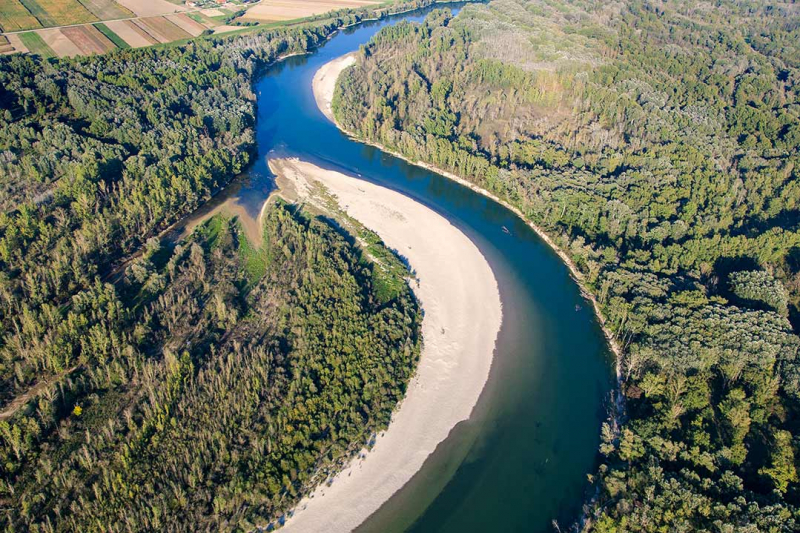
Drava River (photo: https://www.drava-life.hr/) 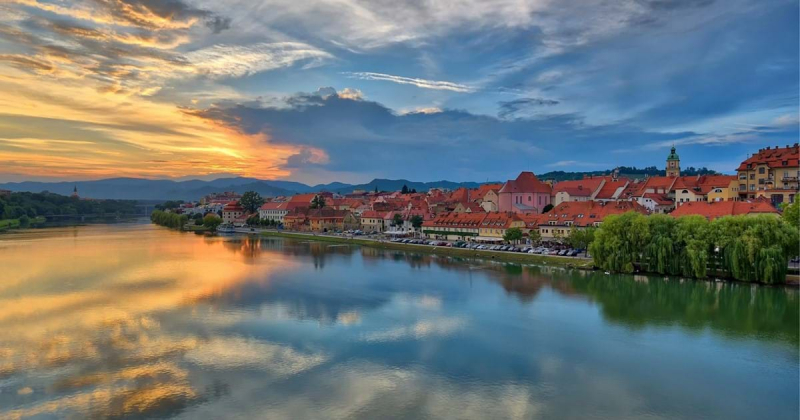
Drava River (photo: https://www.visitmaribor.si/) -
The Mur is a river in Central Europe that rises in the Hohe Tauern national park in the Central Eastern Alps in Austria. It is a tributary of the Drava and, later, the Danube. The Mur's overall length is approximately 464 kilometers (288 miles). About 326 kilometers are inside Austria's boundaries; 95 kilometers run in and around Slovenia (67 kilometers along the borders with Austria and Croatia, 28 kilometers within Slovenia), and the remainder forms the border between Croatia and Hungary. It is the fourth-longest river in Croatia.
The name of Mur River is most likely of Slavic origin, having been nominalized from the adjective *murъ 'dark' meaning 'dark water.'
The Mur is known to convey modest amounts of gold, not enough to be exploitable now, but it has been a hub of activity for many people since ancient times. For the first time in 1772, organized investigation and utilization of gold and other natural resources was promoted.
Length: 288 miles
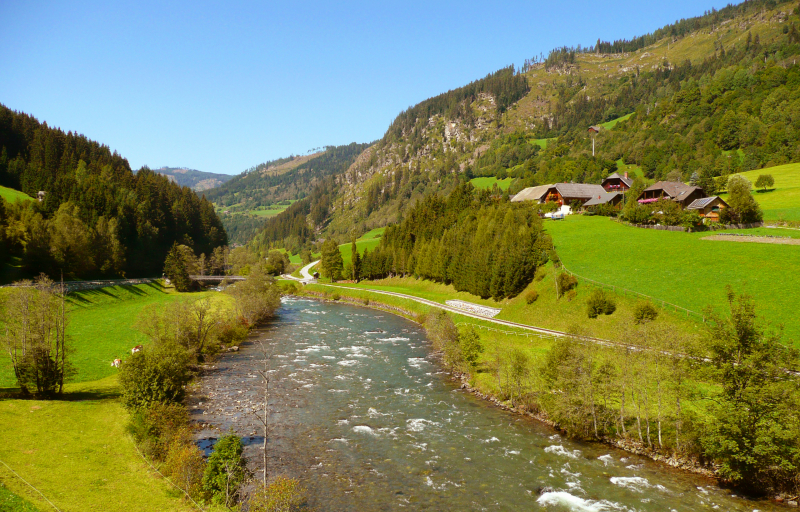
Mur River (photo: https://en.wikipedia.org/) 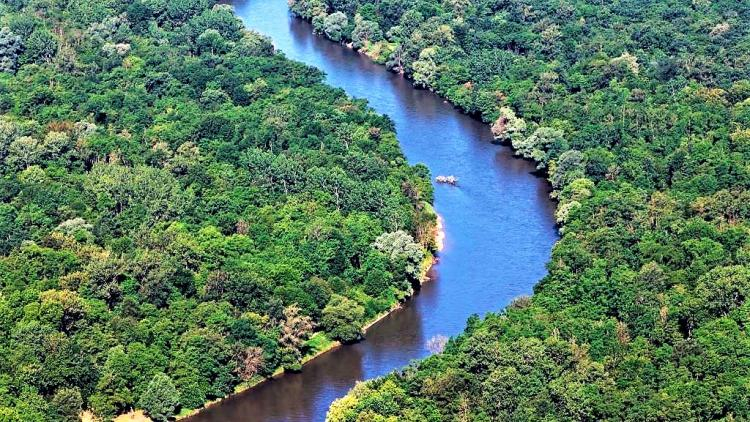
Mur River (photo: https://riverwatch.eu/) -
The fifth-longest river in Croatia is Kupa River. The river is a right tributary of the Sava that forms a natural border between north-west Croatia and southeast Slovenia. It is 297 kilometers (185 miles) long, with a border section of 118 kilometers (73 miles) and the remainder in Croatia.
The Kupa is one of the main rivers in Croatia, flowing between the White Carniola region in the north and Central Croatia in the south. It receives influx from the river Lahinja from the left in Primostek, passes Vrbovsko, and eventually detaches from the Slovenian border having passed Metlika. It continues eastwards until it reaches Karlovac, where it merges with Glina, then passes through two small towns called Šišinec and Brkiševina, and then proceeds to the town of Sisak where it joins the Sava River.
The upper Kupa, which is relatively unpolluted downstream to Karlovac, is a favorite summer bathing spot.
Length: 185 miles
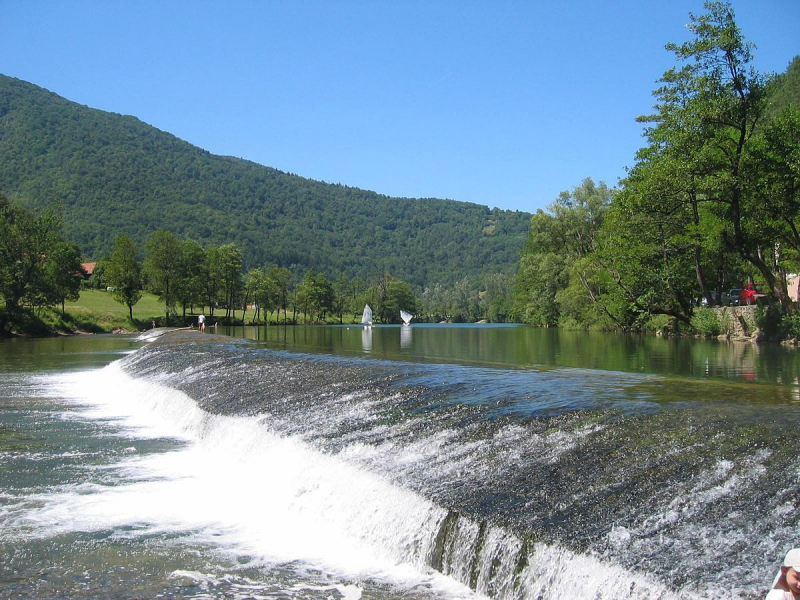
Kupa River (photo: https://en.wikipedia.org/) 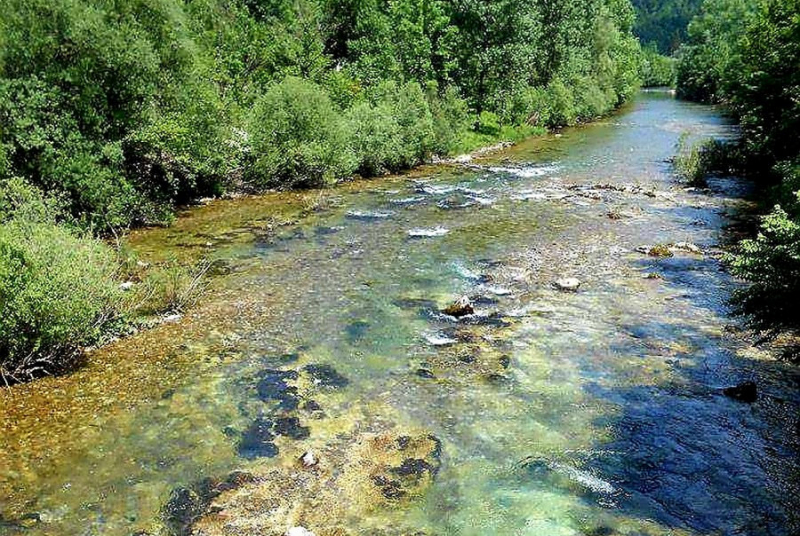
Kupa River (photo: https://www.riverkupalodge.com/) -
The sixth-longest river in Croatia is Neretva which is also known as Narenta. It is one of the major rivers in the Adriatic basin's eastern portion. Four HE power plants with enormous dams (more than 150,5 meters in height) provide flood prevention, power, and water storage. It is well-known for its natural surroundings and landscape diversity.
The Neretva River is the largest karst river in the Dinaric Alps in the eastern part of the Adriatic basin. Its total length is 225 kilometers (140 miles), of which 208 kilometers (129 miles) are in Bosnia and Herzegovina. The Neretva stands out among the rivers of the Dinaric Alps region, particularly for its unique ecosystems and habitats, flora and fauna, and cultural and historic legacy. Its name is thought to be derived from the Indo-European word *ner, which means "to plunge." The same root can be found in the Serbo-Croatian word "roniti."
Length: 140 miles
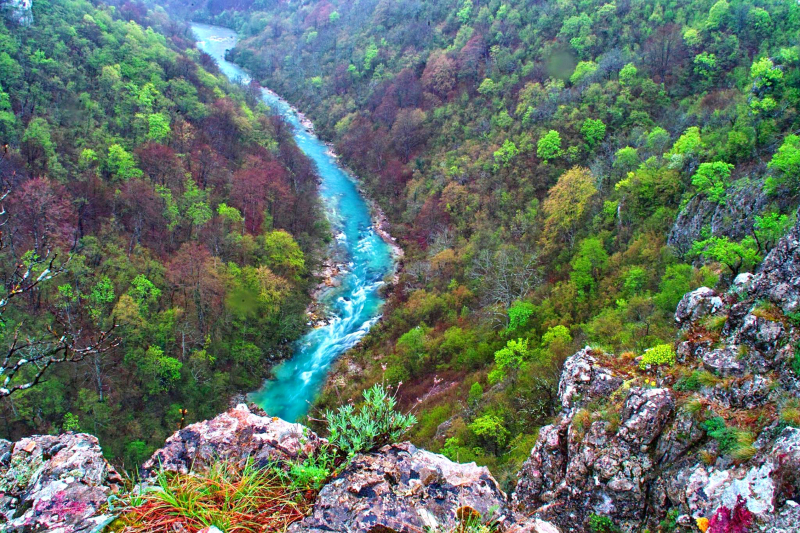
Neretva River (photo: https://www.itinari.com/) 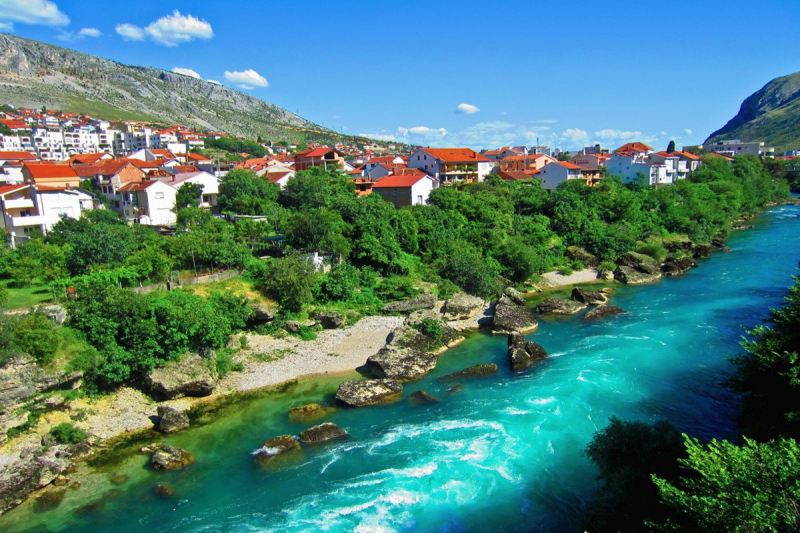
Neretva River (photo: https://www.dubas-apartments.com/) -
The Una is a right tributary of the Sava and a border river between Bosnia & Herzegovina and Croatia. It is part of the Black Sea drainage basin, with a watershed area of 10.200 km2, 8.080 km2 of which belongs to Bosnia and Herzegovina and 2.120 km2 to Croatia. Una river is the seventh-longest river in Croatia with an overall length is 212 kilometers. The river's headwaters are in the Croatian town of Donja Suvaja, and its mouth is near the Bosnian border town of Jasenovac.
The Krka, Unac, Krunica, and Sana rivers are the major right tributaries, whereas the Klokot river is the largest left tributary. The Unac river is its longest headwater. Biha is the river's most populous and important city. Other significant cities and towns include Bosanska Krupa, Bosanski Novi, and Bosanska Kostajnica. The Una River is distinguished by a plethora of waterfalls, rapids, karst springs, and a relatively unspoiled landscape. The Una National Park encompasses a substantial portion of the upper river.
Length: 132 miles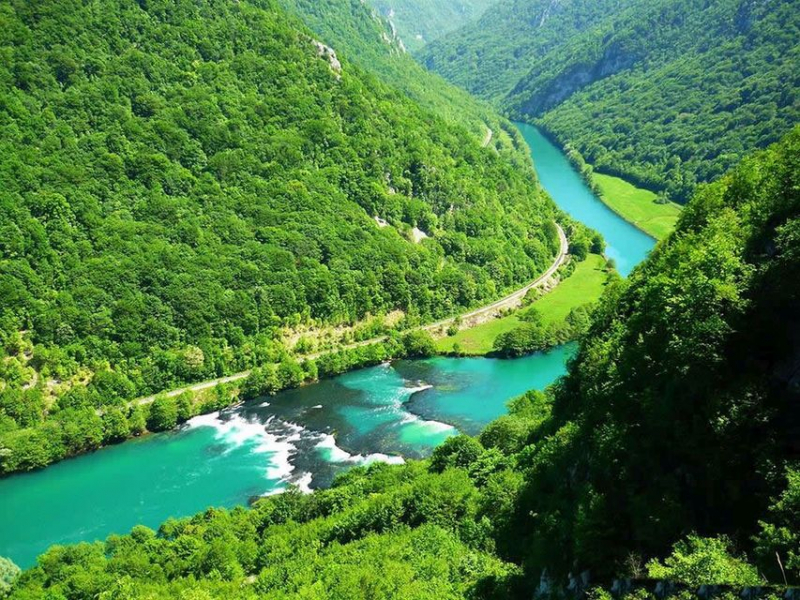
Una River (photo: https://www.mylittleadventure.com/) 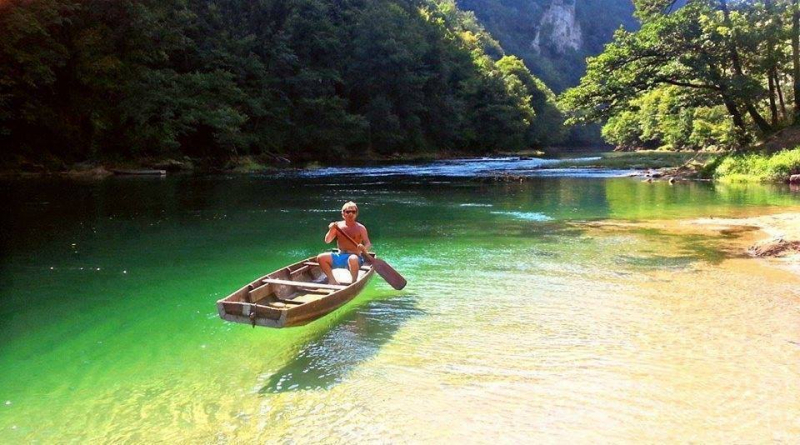
Una River (photo: https://imgur.com/) -
The Bosut is a 186-kilometer-long left tributary of the Sava river in eastern Croatia and northwestern Serbia. It is also known as the eighth-longest river in Croatia. It gets its name from the Indo-European word *bhogj, which means "to flow." The same root can be found in the hydronym "Bosna."
The Bosut river begins as the Biđ river in central Slavonia, on the southern slopes of the Dilj mountain, northwest of Slavonski Brod. It has no major communities and flows generally to the northeast, while several larger villages like Donji Andrijevci, Vrpolje, and Strizivojna are nearby. Biđ is 66 kilometers (41 miles) long.
The Bosut river is notable for being meandering and slow, with a relatively little incline in its basin - less than 10 meters from Vinkovci to its mouth. Bosut is known as "the river that flows backward" because, when there are strong winds and the water is moving slowly, it appears as if the water is flowing backward.
Length: 116 miles
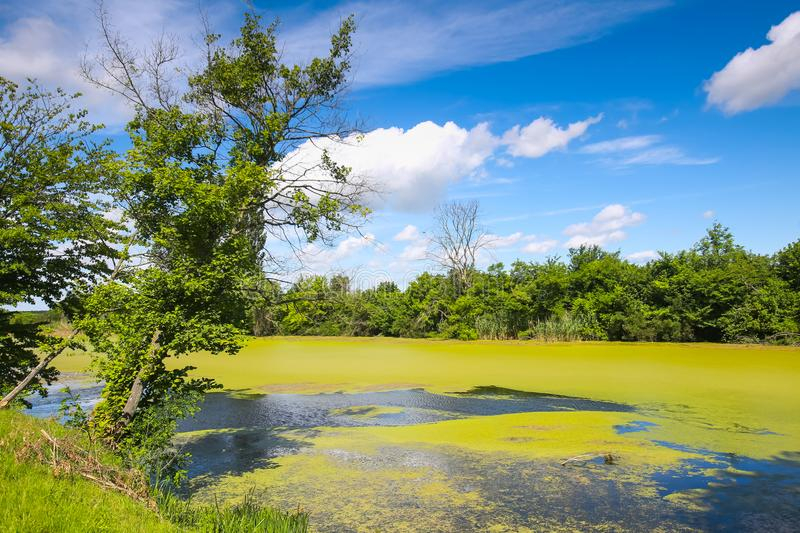
Bosut River (photo: https://www.dreamstime.com/) 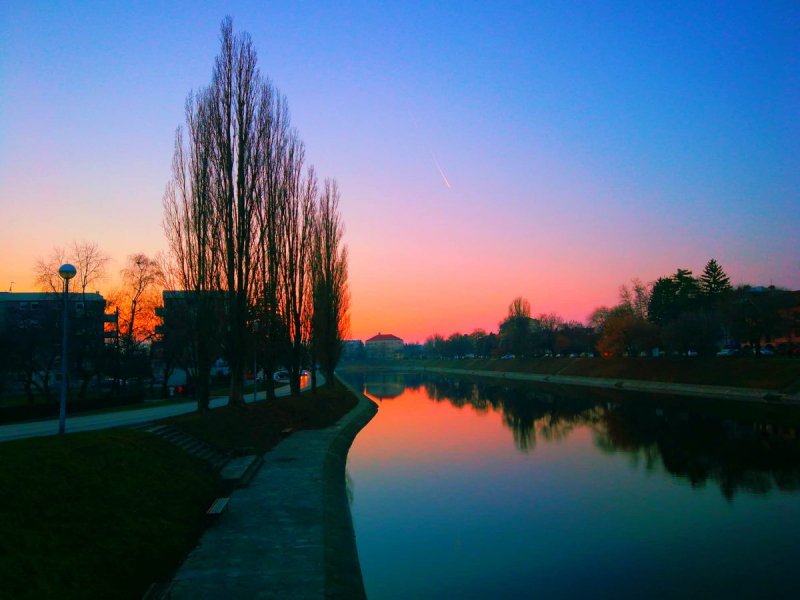
Bosut River (photo: Croatia Full of life) -
The Korana is a river that flows through central Croatia and west Bosnia and Herzegovina. The river is 138.6 km (86.1 mi) long and has a catchment area of 2,301.5 km2 (888.6 sq mi). It is the ninth longest river in Croatia. The name of the river is derived from the Proto-Indo-European *karr- 'rock.'
Korana rises in the east of Lika, forming the Plitvice Lakes, a UNESCO World Heritage Site. The Korana river, which flows downstream from the Plitvice Lakes, creates a 25-kilometer-long border between Croatia and Bosnia and Herzegovina near Cazin. It then runs north into Croatia, until reaching the river Kupa at Karlovac.
The karst region through which this river travels has limestone soil. The river is continually producing new soil from plants under certain physical and chemical conditions. The Korana has a diverse molluscan assemblage of 33 species.
Length: 83 miles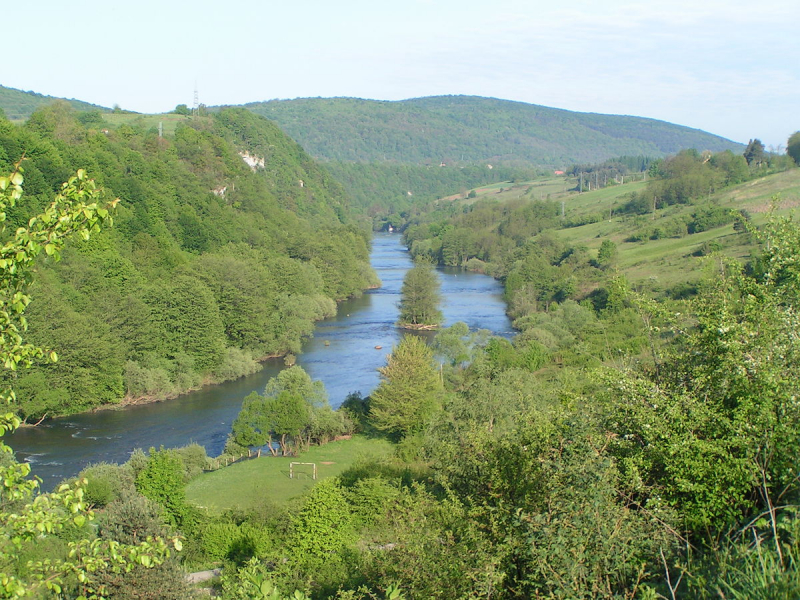
Korana River (photo: https://commons.wikimedia.org/) 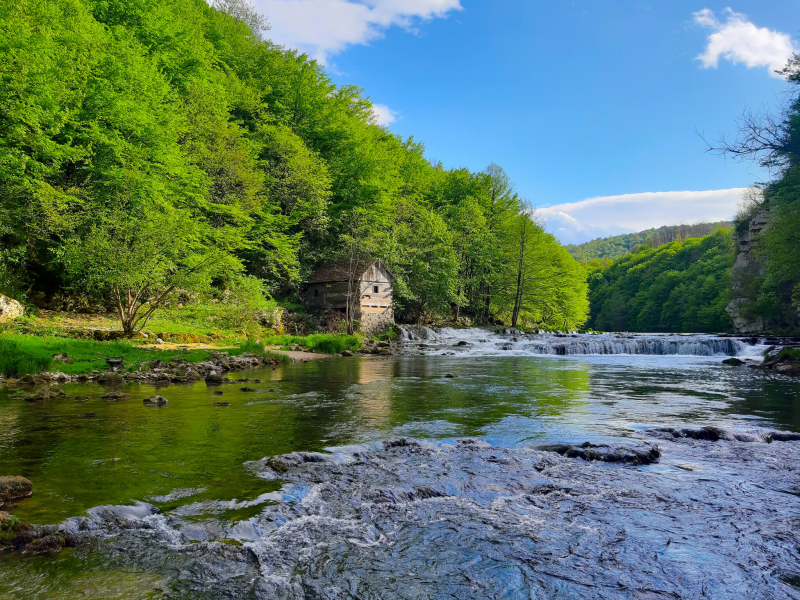
Korana River (photo: https://www.outdooractive.com/) -
The last in this list and also the tenth longest river in Croatia is the Bednja River. The Bednja is a river in northern Croatia that flows into the Drava. It is 133 kilometers (83 miles) long and has a basin area of 966 square kilometers (373 square miles).
The Bednja River rises in the hilly forested highlands near Macelj in northern Croatia, west of Trakoan, where it also generates a 0.2 km2 (0.077 sq mi) lake at 255 meters above sea level. It flows southeast until it turns east near Bednja, then meanders south at Novi Marof before resuming its eastward course and heading northeast into Ludbreg. Then, it empties into the Drava River north of Mali Bukovec.
In antiquity, Bednja River was known as "Serapia." The name "Serapia" is thought to be derived from the Proto-Indo-European terms *ser (to flow) and *h2ep (water).
Length: 83 miles
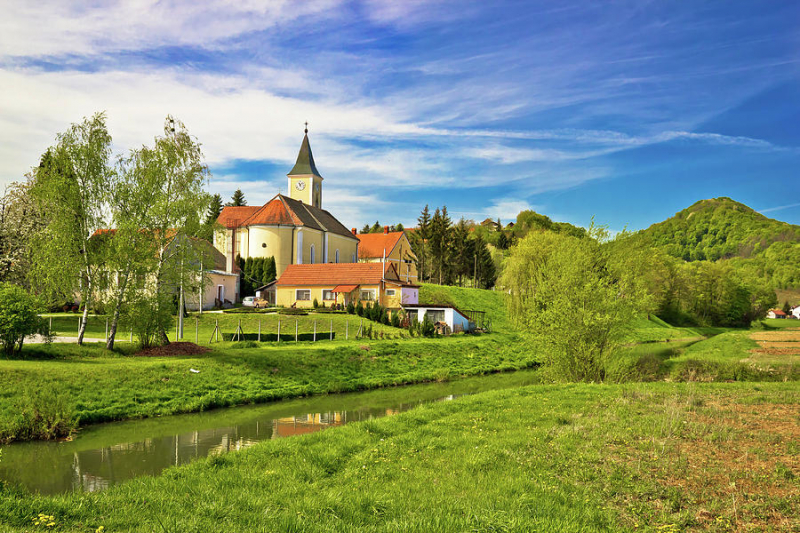
Bednja (photo: https://fineartamerica.com/) 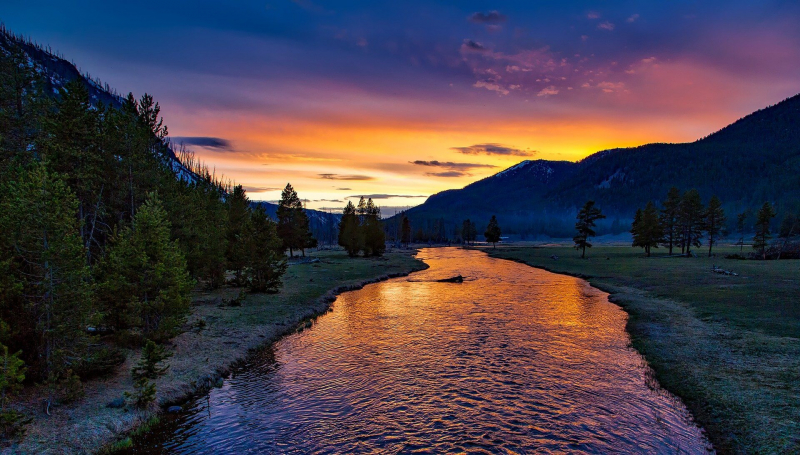
Bednja (photo: https://warasdiensis.com/)































